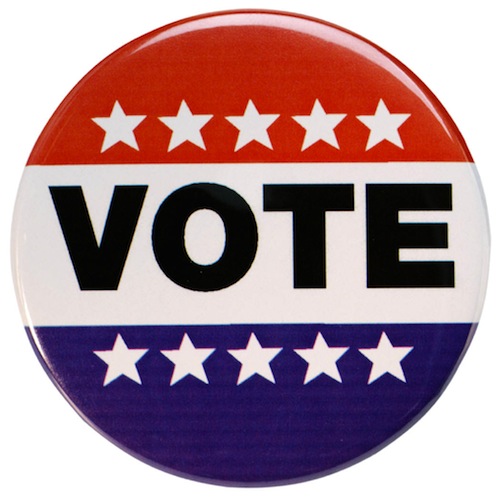We’re about to find out, one way or another.
There will be an election in Texas in mid-July, apparently with polling sites, election workers and voting machines in place so people can cast their ballots in person. How many voters might be willing to risk a trip to the polls during a pandemic, though, remains unknown.
As Texas Republicans work to block the expansion of mail-in balloting during the new coronavirus crisis, local election administrators across the state are deciphering how to safely host voters for the July 14 primary runoff elections — and eventually the November general election — under circumstances unseen by even the most veteran among them.
Looking to expand curbside voting, some election officials are considering re-tooling parking garages or shuttered banks with drive-thru lanes. Rethinking contact during a process that requires close proximity, others are toying with the idea of buying hundreds of thousands of pencils that voters would take home after using the eraser end to mark their ballots on touch screen voting machines.
Many are scrambling to add sanitizing and protective gear to the long list of equipment needed to pull off a safe election. Plexiglass or plastic shields, like those now common at grocery store registers, could make an appearance at polling place check-in stations.
One huge unknown hangs over all the planning — whether there will be a surge of mail-in voting that creates a whole new sphere of logistical challenges.
“It’s almost like you’re preparing for two elections rather than one,” said Lisa Wise, the elections administrator in El Paso County. “That’s just part of what we’re in right now.”
[…]
Operating polling places during a pandemic creates another set of safety challenges as voters must check in, sign poll books and stand in lines.
Election administrators recently shared among themselves a poll that offered insight into how people feel about voting in person during a pandemic — 66% of Americans said they would feel uncomfortable going to a polling place now.
In Aransas County, elections administrator Michele Carew is considering whether she should establish a pop-up voting center in a tent in a parking lot. Because the county is small, her office warehouse typically serves as the only early voting site in the county. But with social distancing rules in place, she’d only be able to fit five voting machines instead of the 10 that normally run. That would be particularly unworkable for the high turnout expected for the November election, she said.
Other election administrations are exchanging messages about whether reducing polling locations would allow them to get a better handle on the situation; others are responding with suggestions about doubling the number of locations so they can space out voters and machines.
But those conversations often dovetail into another crucial consideration — there’s no way to know if they’ll have enough poll workers to staff their voting sites.
“Sixty percent of my election officials are over 65 so obviously they need to be replaced or a vast majority of them need to be replaced,” said Jacque Callanen, the Bexar County elections administrator. She’s considering turning to a pool of county workers who she can train up for the election, but the coronavirus will also get in the way of that.
Typically, she’d be able to cram 80 people into her training room, but she’ll be down to 20 at a time with social distancing requirements.
At this point, though, Callanen isn’t even certain how many poll workers she’ll need. A majority of the county’s polling sites would be propped up in public schools, but she’s not sure if they’ll be able to open up those sites to the public during an outbreak.
This is all a big fricking mess, with the huge uncertainties of where we will be with the virus, whether or not expanded vote-by-mail will be allowed, what sites will be available and practical to use, who will be willing to staff them, and so on and so forth. It’s on thing to say “this is the way it is and these are the parameters you have to work with” and ask election officials to plan for that, and another entirely to say “we have no idea what the conditions will be so plan for every possible scenario”, which is where we are right now. We could at least try to settle the vote by mail question, but as is so often the case our wishy-washy Governor has yet to articulate a position on the matter, leaving it up to the courts and his nihilistic Attorney General to sort it out. The good news, if you want to look at it that way, is that the July primary runoffs, plus the SD14 special election, are going to be pretty low turnout overall. As such, we can probably cobble together something that will more or less work. November is an entirely different story. Remember those pictures from Wisconsin? As the Fort Bend elections administrator says, if we don’t figure this out we’re gonna be Wisconsin times ten. The clock is ticking.


Pingback: Vote by mail is not a panacea – Off the Kuff
Pingback: Texas blog roundup for the week of April 27 – Off the Kuff